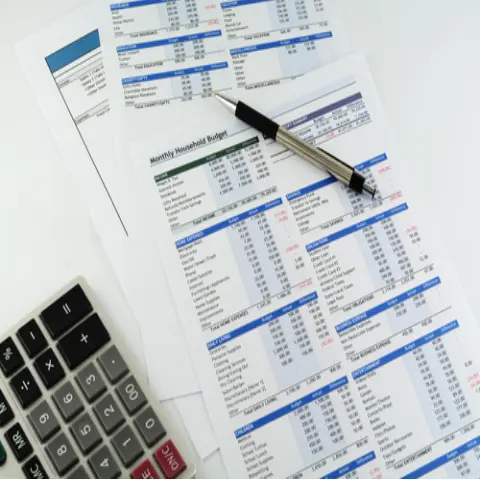Oncology & Hematology Coding Alert
Biopsies:
Beat the Biopsy Coding Blues with These 3 Hints
Published on Fri Apr 23, 2021

You’ve reached your limit of free articles. Already a subscriber? Log in.
Not a subscriber? Subscribe today to continue reading this article. Plus, you’ll get:
- Simple explanations of current healthcare regulations and payer programs
- Real-world reporting scenarios solved by our expert coders
- Industry news, such as MAC and RAC activities, the OIG Work Plan, and CERT reports
- Instant access to every article ever published in Revenue Cycle Insider
- 6 annual AAPC-approved CEUs
- The latest updates for CPT®, ICD-10-CM, HCPCS Level II, NCCI edits, modifiers, compliance, technology, practice management, and more
Related Articles
Other Articles in this issue of
Oncology & Hematology Coding Alert
- CPT® 2021 E/M Revisions:
Keep Your E/M Coding Current With These New Clarifications
AMA steps in to clear up MDM ambiguity. Last year’s revisions of the guidelines for [...] - Biopsies:
Beat the Biopsy Coding Blues with These 3 Hints
Remember, not all biopsies are the same. Suppose a biopsy claim lands on your desk. [...] - Tumors:
Narrow Down Your Common Benign Brain Tumor ICD-10-CM Options
And don’t forget to keep your clinical knowledge current. According to the American Association of [...] - You Be the Coder:
Follow Medicare Guidance for Drug Unit Reporting
Question: Our physician recently administered 146 mg of Eloxatin to help treat a patient’s colorectal [...] - Reader Questions:
Know How to Bill Telehealth After Video Problems
Question: Our physician tried to conduct a telehealth evaluation and management (E/M) visit with a [...] - Reader Questions:
Modify Your Understanding of the ECG Codes
Question: Our practice is now performing electrocardiograms (ECGs) on some patients before and after anthracycline [...] - Reader Questions:
Get the Gist of Gastrointestinal Stromal Tumor Coding
Question: How do I code a gastrointestinal stromal tumor (GIST)? Georgia Subscriber Answer: Accurate GIST [...]
View All




